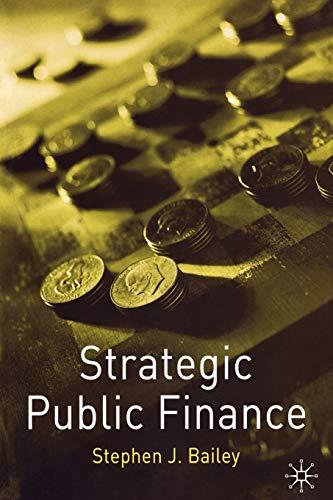Two U. S. firms - a AAA bank and a BBB rated non-financial corporation - want to raise $100 million each for a 10 year maturity. For various reasons the bank wants to raise floating-rate funds, while the corporation wants to raise fixed-rate funds The interest rates available to the two firms are as follows: The bank opted to issue the fixed-rate debt, while the corporation issued the floating rate debt. Simultaneously, they entered into a swap contract with a FI. The terms of the swap arc as follows: The bank will pay the FI a rate of 6-month LIBOR, while it will receive a fixed rate of 3.85%. The non-financial corporation will pay the FI a fixed rate of 3.93%, while it will receive 6-month LIBOR. Compute the quality spreads and the net quality spread in this case. Calculate the new net cost to the hank and the corporation by tabulating inflows and outflows Also show the cash flows to the FI. Compute the increase or decrease in costs to the two firms and the gain to the FI Use the same format used in examples in class. Washington Mutual has a huge portfolio of fixed-rate mortgages (averaging 13.25%) financed by deposits earning a floating-rate of interest (currently paying LIBOR + 1%). Westcoast Finance provides short-term loans to companies throughout the West (currently charging LIBOR +0.75%) and is financed by a 30-year fixed-rate bond issue made 4 years ago (paying 11%). Both firms are uncomfortable dealing with interest rate risk. They explore entering into a swap The swap hank offers to pay WAMU LIBOR on $10 million for 5 years, and in return WAMU has to pay the bank 11.75 % per year on SI0 million notional value for 5 years Similarly, the swap bank offers to pay Westcoast 11.25% per year on $10 million for 5 years and asked that Westcoast pay in return LIBOR per year on $10 million for 5 years. Explain the interest rate risk faced by WAMU. Be specific in your explanation Explain the interest rate risk faced by Westcoast. Be specific in your explanation What are the spread incomes (net cash flows) received by the two swap parties and the intermediary as a result of the swap







